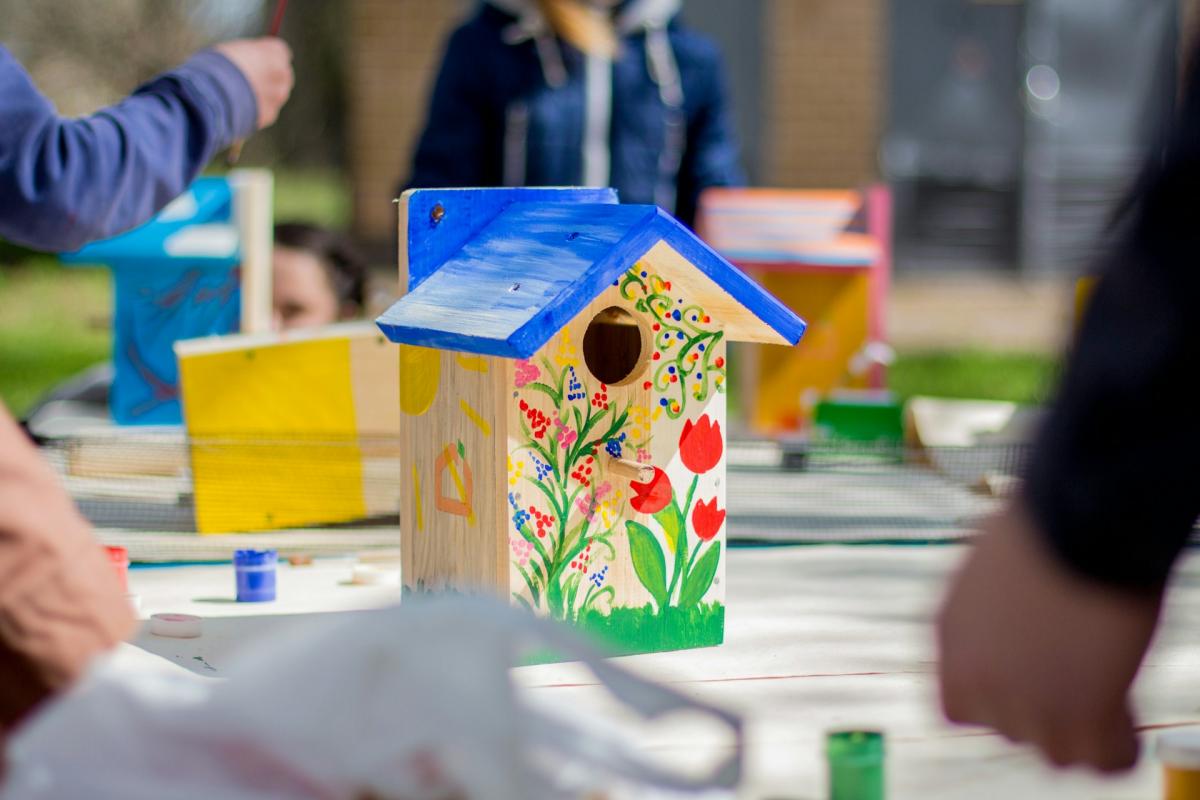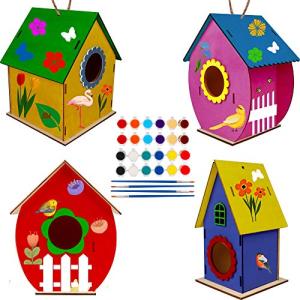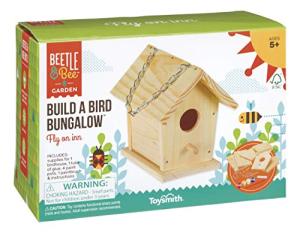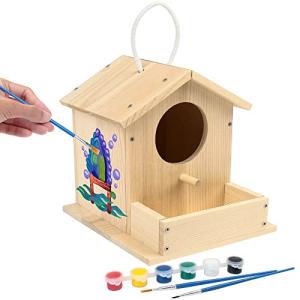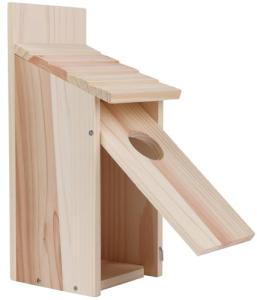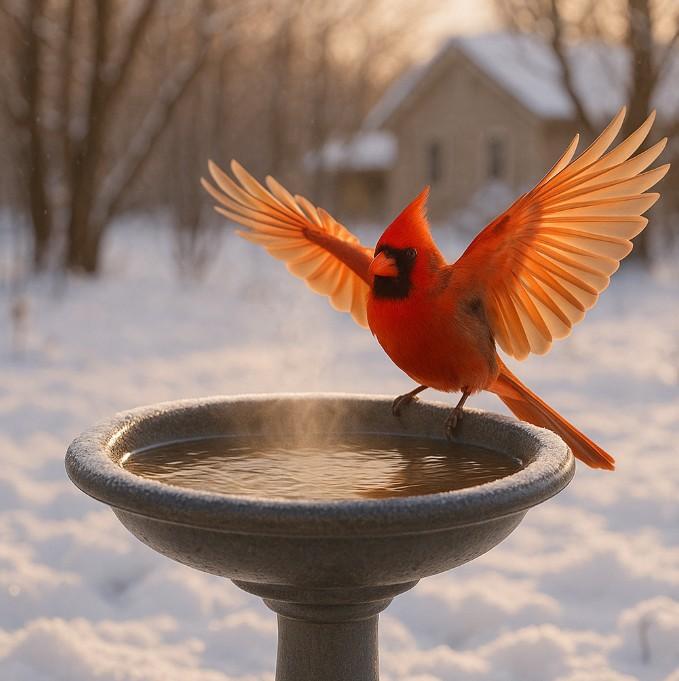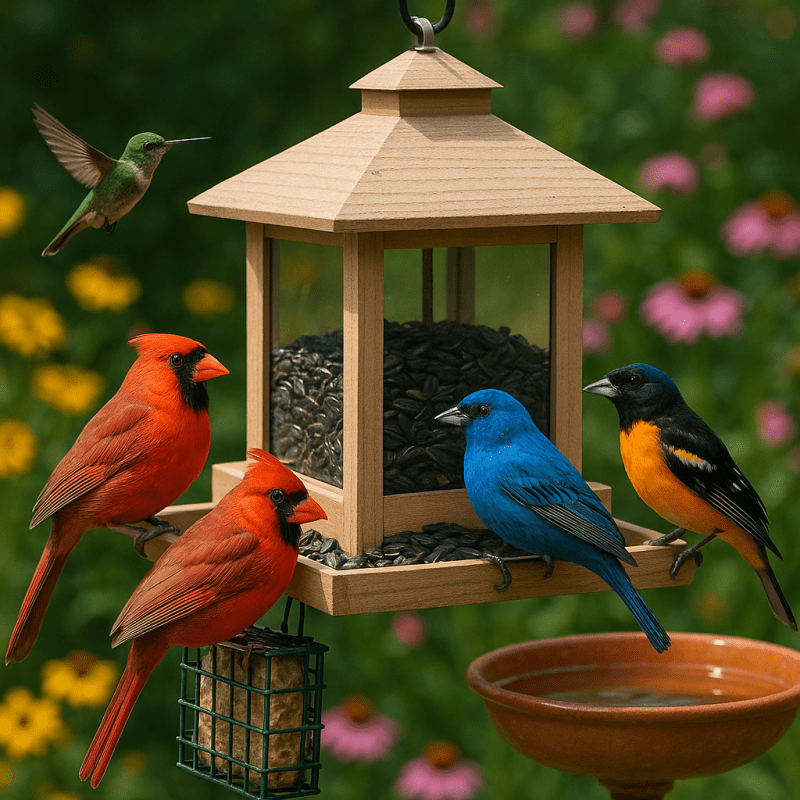When it comes to building bird houses, one of the most crucial aspects to consider is the choice of materials. Selecting the right materials not only helps ensure the durability and longevity of the bird house, but also plays a significant role in creating a safe and comfortable environment for our feathered friends. Here are some important factors to consider when choosing materials for your DIY bird house:
1. Wood Selection
Wood is a popular choice for building bird houses due to its natural insulation properties and durability. Cedar and redwood are excellent choices as they naturally repel insects and resist rotting. Avoid using pressure-treated wood, as it contains toxins that can harm birds. Select rough-cut wood to provide textured surfaces that birds can grip onto easily. Additionally, ensure that the wood is at least ¾ inch thick to provide insulation against extreme weather.
2. Roofing Materials
The roof is an essential component of the bird house as it protects the nest from rain, snow, and excessive sunlight. Choose roofing materials, such as asphalt shingles or metal, that are weather-resistant and provide proper water drainage. Avoid using materials like plastic or glass, as they can create a greenhouse effect inside the bird house, leading to overheating. Additionally, consider extending the roof slightly beyond the walls to prevent water from seeping into the nesting area.
3. Safe Paints and Finishes
While a fresh coat of paint can enhance the appearance of your bird house, it's crucial to use non-toxic paints and finishes. Birds may peck at the wood, ingesting harmful chemicals if toxic paints are used. Opt for water-based paints or natural finishes like linseed oil or beeswax, which are safe for the birds. Furthermore, leave the interior of the bird house unpainted, as birds prefer the natural wood texture and scent.
Step-by-Step Construction: Crafting a Cozy Bird House
Welcome to our DIY guide on building your own bird houses! In this step-by-step section, we will walk you through the process of constructing a cozy bird house for our feathered friends. Let's get started!
Materials you will need:
Step 1: Design and Cutting
Start by designing the bird house structure. Consider the type of birds you want to attract and their requirements. Once you have a design in mind, measure and mark the dimensions on the wooden boards. Carefully cut the boards using a saw according to your measurements.
Step 2: Assembling the Walls
Take one of the side panels and drill a hole near the top for the entrance. The size of the hole will depend on the bird species you wish to attract; consult a birding guide for the recommended diameter. Next, attach the side panels to the front and back panels using nails or screws. Ensure the walls are aligned and sturdy.
Step 3: Adding a Roof and Floor
Cut another piece of wood for the roof and attach it to the top of the bird house. Make sure the roof extends over the walls to provide adequate protection from the rain. Then, cut a wooden piece for the floor and secure it inside the bird house.
Step 4: Finishing Touches
Sand the edges of the bird house to remove any rough spots. If desired, you can paint or stain the bird house using an outdoor-friendly product to enhance its appearance and protect the wood. Finally, drill two small holes near the top of the bird house and thread a piece of rope or wire through them for hanging.
Once your bird house is complete, find a suitable location in your yard, preferably near some vegetation, and hang it securely. Now, sit back and enjoy watching the beautiful birds take up residence in the cozy home you've built for them!
Providing Optimal Features: Making Your Bird House Irresistible
Building your own bird house can be a rewarding and enjoyable experience. To ensure that your feathered friends are attracted to your creation, it's important to provide optimal features that make the bird house irresistible to them. Here are some key features to consider incorporating into your DIY bird houses.
1. Proper Ventilation and Drainage:
Birds seek out bird houses that offer good ventilation and drainage to keep their nests dry and comfortable. To achieve this, consider adding small ventilation holes near the top of the bird house to allow fresh air inside. Additionally, drilling a few small drainage holes in the bottom of the house will prevent water from pooling inside during rainy days.
2. Adequate Nesting Space:
Birds appreciate bird houses that provide enough room for nesting material and ample space for their growing families. Make sure the dimensions of the bird house are appropriate for the specific bird species you want to attract. Research their preferred nest sizes and tailor your DIY project accordingly. A spacious nesting cavity will make your bird house highly desirable to potential residents.
3. Entrances and Protective Features:
The size and design of the entrance hole play a crucial role in attracting certain bird species while keeping others out. Different birds prefer different-sized openings, so research the specific birds you want to welcome and design the entrance accordingly. Furthermore, consider adding predator guards to your bird house, such as extending the roof line or installing a baffle, to protect the birds and their eggs from predators.
Maintaining Your Avian Abode: Tips for Long-Term Care
Once you have successfully built your own bird house, it's important to remember that regular maintenance is key to ensuring the comfort and safety of your feathered friends. Here are a few essential tips for long-term care:
1. Cleaning and Sanitizing:
It is crucial to regularly clean and sanitize your bird house to prevent the growth of harmful bacteria and parasites. Before the breeding season begins, remove any nesting materials and debris from the previous year. Use a solution of mild soap and water to wash the house and rinse it thoroughly. Avoid using harsh chemicals, as they can be toxic to birds.
2. Inspecting for Damage:
Regularly inspect your bird house for any signs of damage or wear. Ensure that the roof is intact, the entrance hole is free from obstructions, and the perches or landing areas are secure. Repair any cracks, loose parts, or broken pieces promptly to maintain a sturdy and safe home for your avian visitors.
3. Monitoring for Predators:
Keep an eye out for potential predators that may threaten the well-being of your birds. Common culprits include squirrels, raccoons, cats, and snakes. Consider installing predator guards, such as baffles or metal convergent cone guards, on poles or posts to protect the bird house from unwelcome visitors.
4. Providing Fresh Food and Water:
In addition to providing suitable shelter, it's essential to ensure that your feathered friends have access to fresh food and water. Clean and refill bird feeders regularly and offer a variety of nutritious seeds and suet. Place a birdbath nearby or incorporate a water source within your bird house design to help birds stay hydrated and clean.
